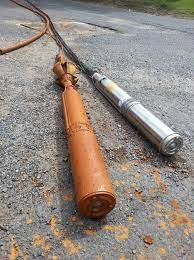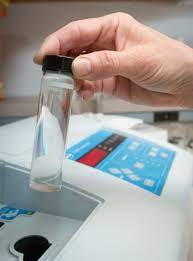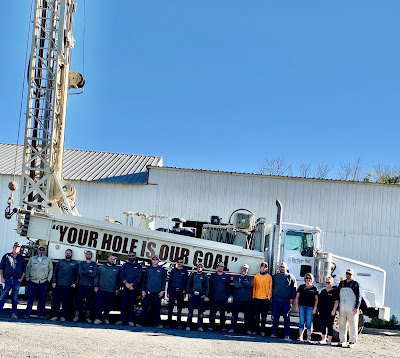How Long Will My Well Pump Last?
In general, a residential 3- wire pump generally has a useful life of 10-12 years, whereas a residential 2-wire pump has a useful life of 8-10 years. Various factors are responsible for determining how long a submersible pump would last. The running time of the pump, its quality, and electrical supply are a few of them. Learn more below about how to improve the useful life of your well pump and how best to ensure the useful life on your equipment can be improved.
Excess wear and tear-- to upthrust/downthrust issues:
An upthrust issue occurs when low head pressure on the top of the pump fights against the higher volume of water that is pumped from the bottom of the pump. This causes the impellers in the pump to float upwards and rub against the diffuser plate. The diffuser will wear down to the excess striking of the impeller stack.
Conversely, there is a downthrust issue when the upwards pressure is greater than the bottom pressure and the water being pumped upwards is of low volume. The high pressure at the top causes the impeller stack to float downwards and strike the diffuser plate below and creates excess wear and tear.
Excess wear and tear on the submersible pump can be minimized when the pump is functioning with the suggested operating range. A properly sized pump will not cause the impellers to flow upward or downward and will stay static in between the diffuser plates. This happens when there is balance between the volume of water being pumped from the bottom and the pressure from the top is equalized. This balance prolongs the life expectancy of the pump end and eliminates excess wear and tear.
Life Expectancy of 2-wire vs 3-wire Submersible Motors:
A 3-wire submersible motors starting components are located inside a control box installed topside of the well, whereas a 2-wire submersible motors starting components are placed in the motor itself. Any faults in the starter components of a 3-wire motor can be checked with minimal labor by inspecting the control box, faulty parts can be replaced, and the motor can return to normal operating conditions. However, in a 2-wire motor, inspecting the starting components requires more labor and complete retrieval of the motor from down in the well. The whole motor needs to be removed from the well and inspected to determine failure. Though this difference appears minimal, it not only increases fees you as a property owner may incur over the life of the equipment but also creates unnecessary burden on the motor itself.
Frequency of Pump Starts & Stops:
A submersible pumping system is designed to incur 50 cycles per day. This means your equipment can handle 50 ons and offs each day. It is accurate that a submersible motor that has more than 50 starts and stops per day will have a reduced life expectancy. This can be minimized by a properly sized pressure tank, see our article on this subject here, or by setting your well pump system to flow into a storage tank or storage vessel.
Sediment Build-up:
Sediment or mineral build up in your well can harm the pump assembly and reduce life expectancy. Brackish water, iron and manganese can reduce the life of your pump by clogging up the pump itself and/or the piping to the surface. In extreme cases this build-up can cause the pump itself to dead-head. If your well has high mineral content be prepared for a shorter life expectancy of your equipment.
Quality Installation:
·




Comments
Post a Comment